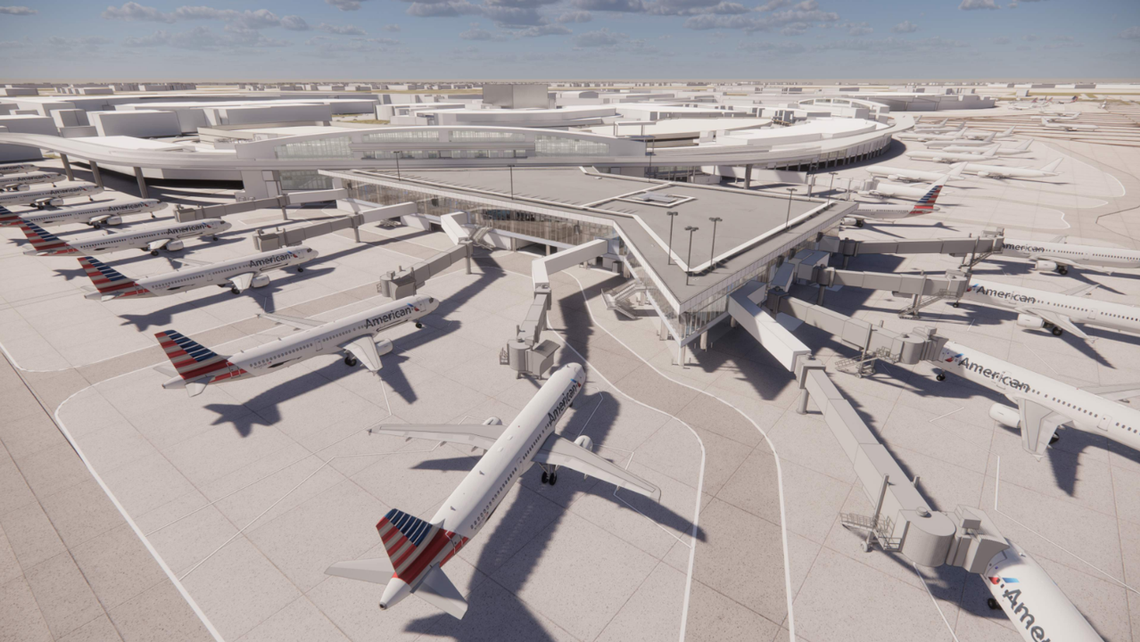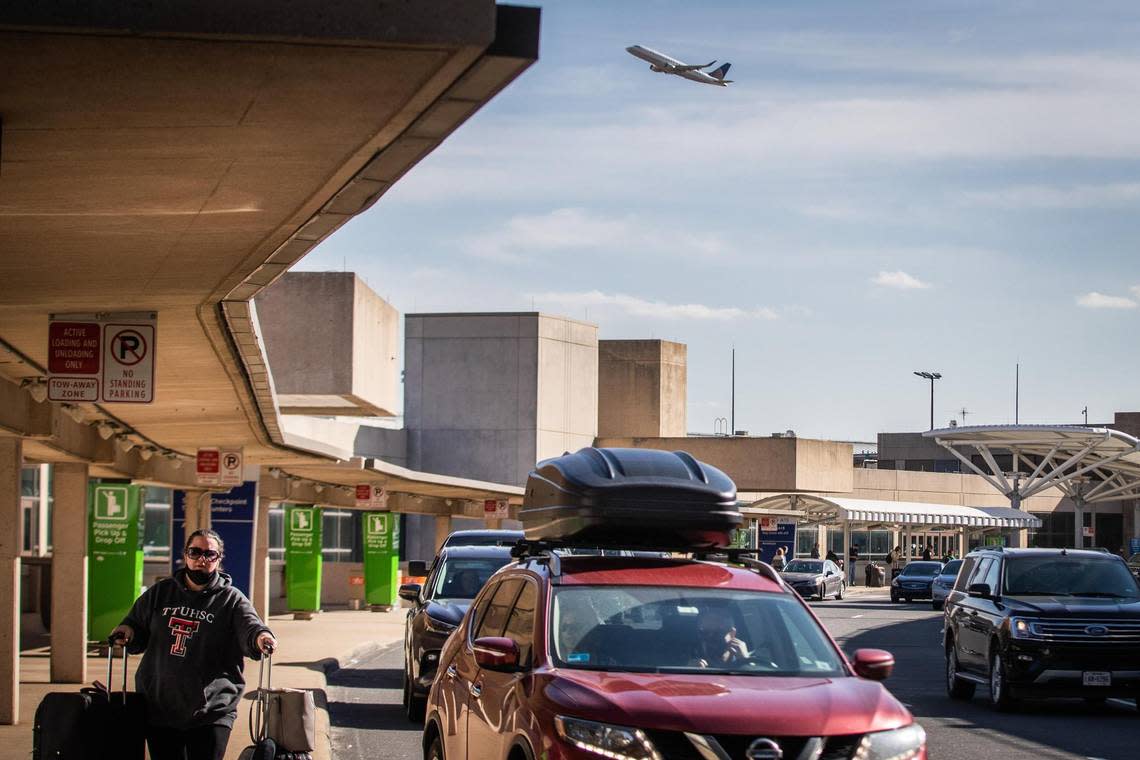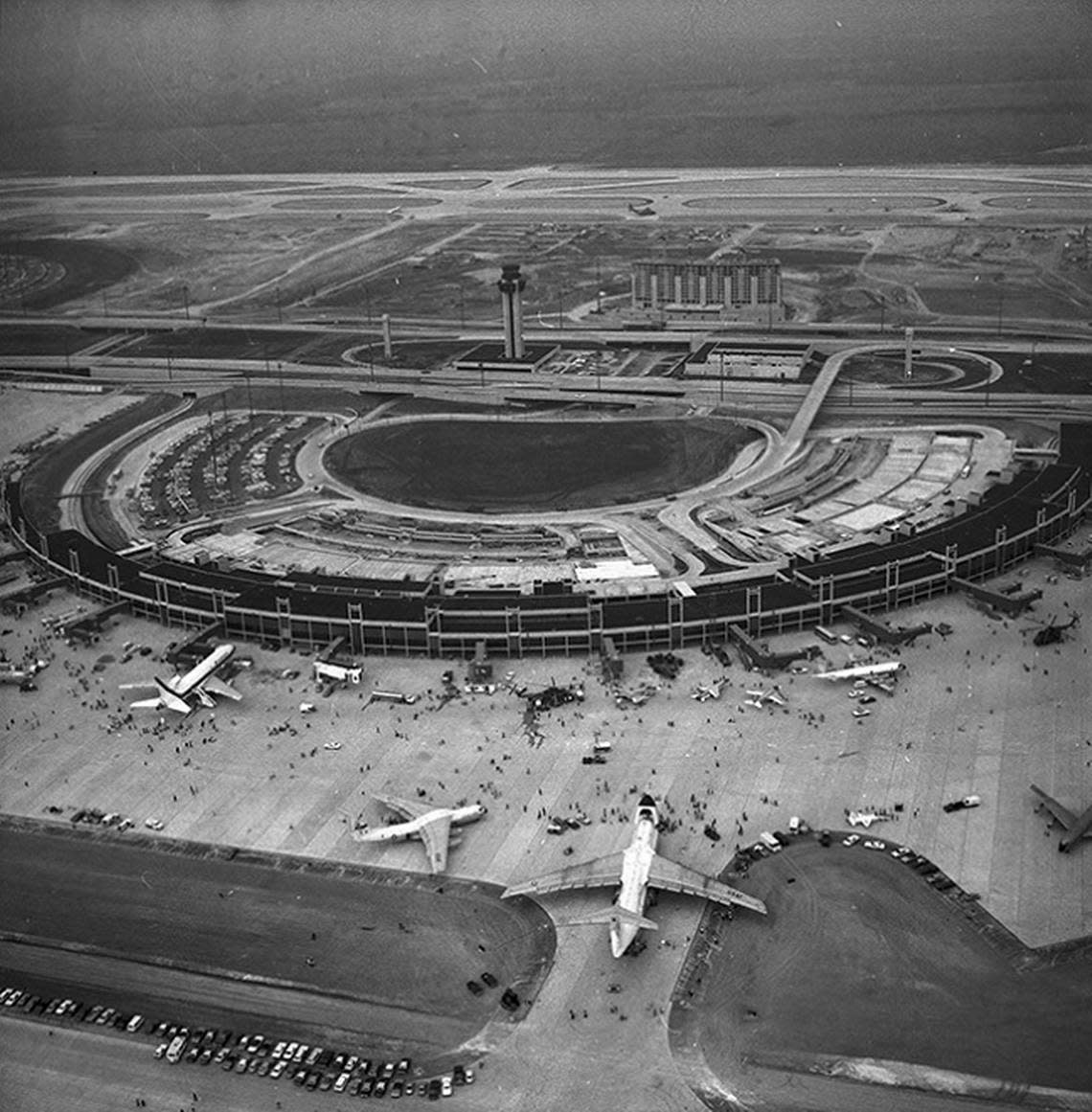DFW airport to build new Terminal F, add more gates as part of $4.8B expansion
Dallas-Fort Worth International Airport is moving forward with construction of a long-awaited sixth passenger terminal as well as a significant overhaul of the aging Terminal C.
DFW and American Airlines on Tuesday announced the $4.8 billion in projects that will span over the next 10 years. The airport will gain a total of 24 additional gates over three terminals.
The $1.6 billion first phase will include building a new Terminal F with an initial 15-gate concourse. Construction will start in late 2024 and finish by 2026. The new terminal site, south of Terminal D, has room for more gates to be added in the future.
This will be the first new terminal built at DFW in nearly two decades, since the $1.2 billion Terminal D opened in 2005. At the time, it was the largest international terminal built since 9/11.
Upgrades for existing terminals
DFW will invest $2.7 billion to expand and modernize Terminals A and C.
Terminal C, which hasn’t undergone a complete overhaul since the airport was built in 1973, will be “reimagined” with significant upgrades to roadways and terminal access. Construction on Terminal C will be over three or four phases, fully completed in 2028.

The Metroplex’s astronomical growth is driving demand to expand DFW, which is already the second busiest airport in the world and geographically bigger than Manhattan.
Robert Isom, the CEO of Fort Worth-based American Airlines, said DFW is the central gateway to everything the airline does domestically and internationally.
American recently added two flights to Dublin and Rome, bringing its total daily service to European destinations to 12. In December, the carrier said it would resume nonstop service to Tokyo for the first time since the peak of the pandemic in 2020. And during the winter, American operated seasonal flights to New Zealand.
“We want to be the busiest airport in the world,” Isom said. “As you can see, we’re building the foundation to do that, both in the facilities and also out in the airfield.”
The airport expects 78 million travelers this year. Within the next six or seven years, DFW expects to serve 100 million people a year, airport CEO Sean Donohue said.
The airport also plans to digitize the entire Terminal F facility as it is built. The technology will allow to airport to be more predictive than reactive and will provide an early alert to mechanical or plumbing issues, Donohue told the Star-Telegram.
The airport is still negotiating with airlines about which carriers will serve Terminal F. American will not necessarily be the only airline sharing the space.
Plans for Terminal F were announced in 2019 but shelved during the pandemic. At the time, DFW and American reached a tentative deal to build the terminal with 24 gates as part of a capital improvements package that was expected to reach $3.5 billion at the time.

American Airlines, which is the dominant carrier at DFW, had pushed for a new terminal in response to dramatic increases in domestic and international travel demand.
But that was before COVID-19 led to the worldwide shutdown in travel and grounded nearly all of American’s international routes and at least 60% of its domestic flights.
Airport ‘fuels economic growth’
As the Metroplex closes in on surpassing the population of Chicago, Fort Worth Mayor Mattie Parker said the expansion ensures DFW Airport is ready for the future and to continue serving as Fort Worth’s gateway to the world.
“We are very proud that Fort Worth-based American Airlines has signed this important agreement to cement DFW’s status as American’s main hub and help us continue to meet the incredible demand we are experiencing in North Texas,” Parker said. “Our region will become the nation’s third largest metro region within the next ten years, and it’s no surprise that we have the second busiest airport in the world.“
Dallas Mayor Eric Johnson said American Airlines has played a pivotal role in propelling DFW to be the world’s second busiest.
“DFW airport connects our community to the world and fuels economic growth throughout our region and state,” Johnson said.
Expansion plans will bolster the region as a preferred place to live, work and visit, Johnson said. DFW supports about 228,000 jobs.
